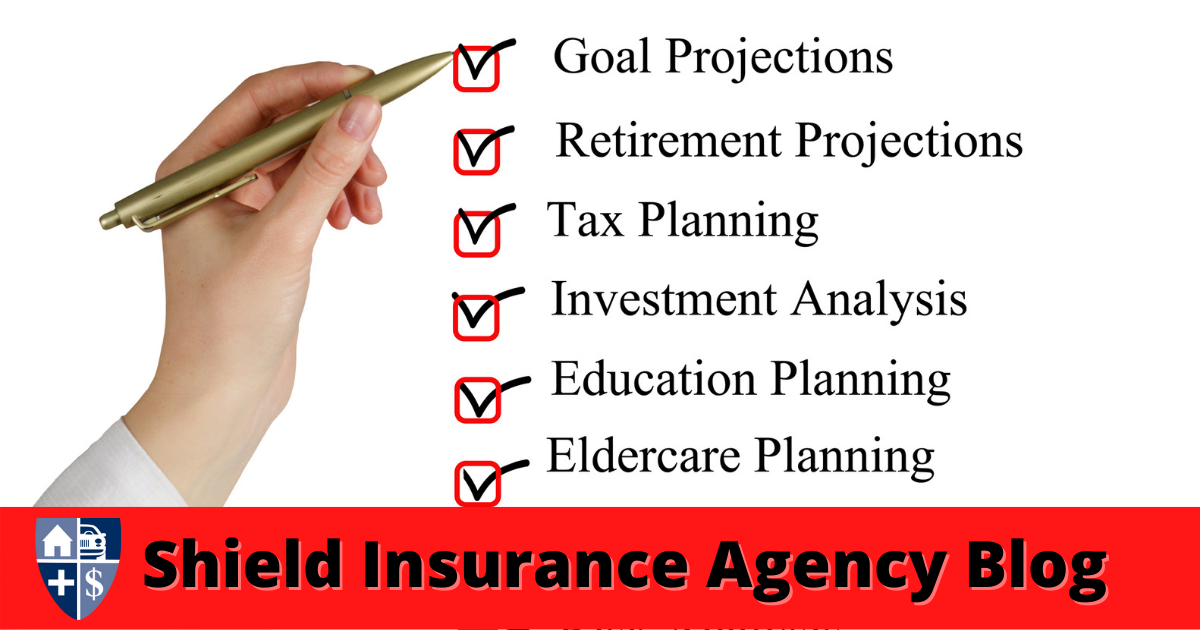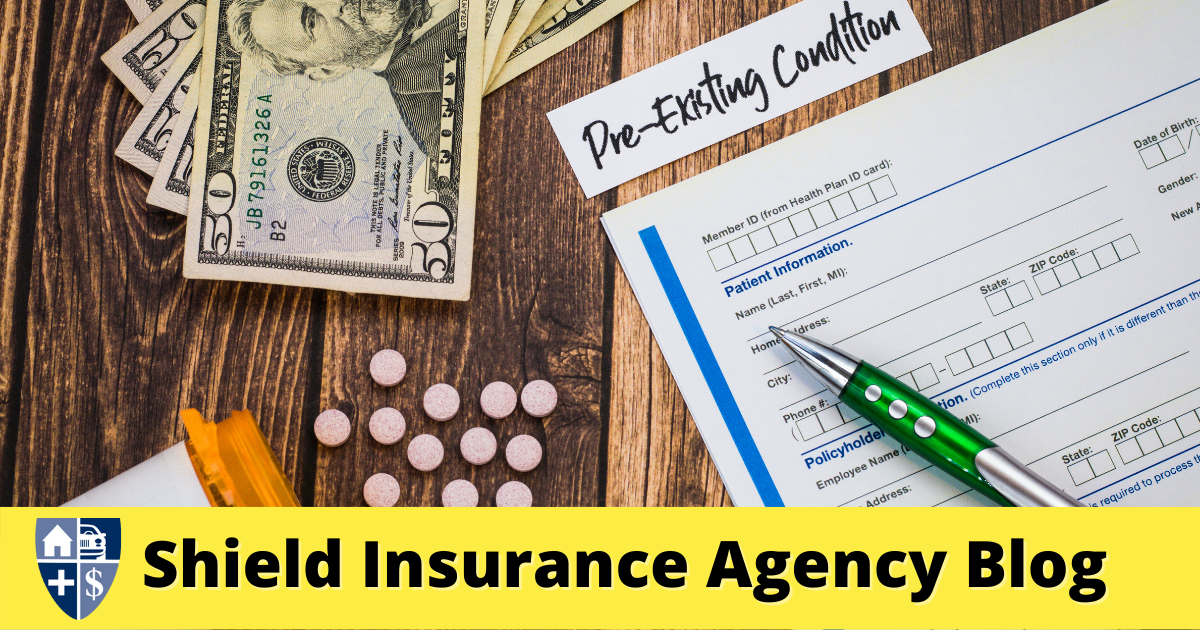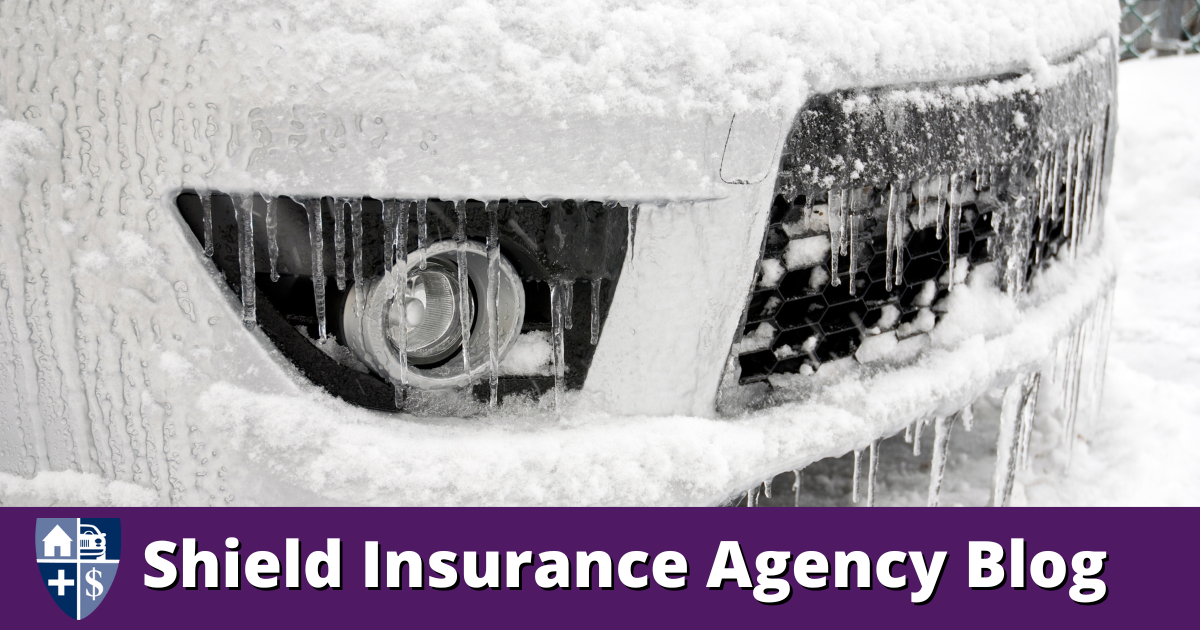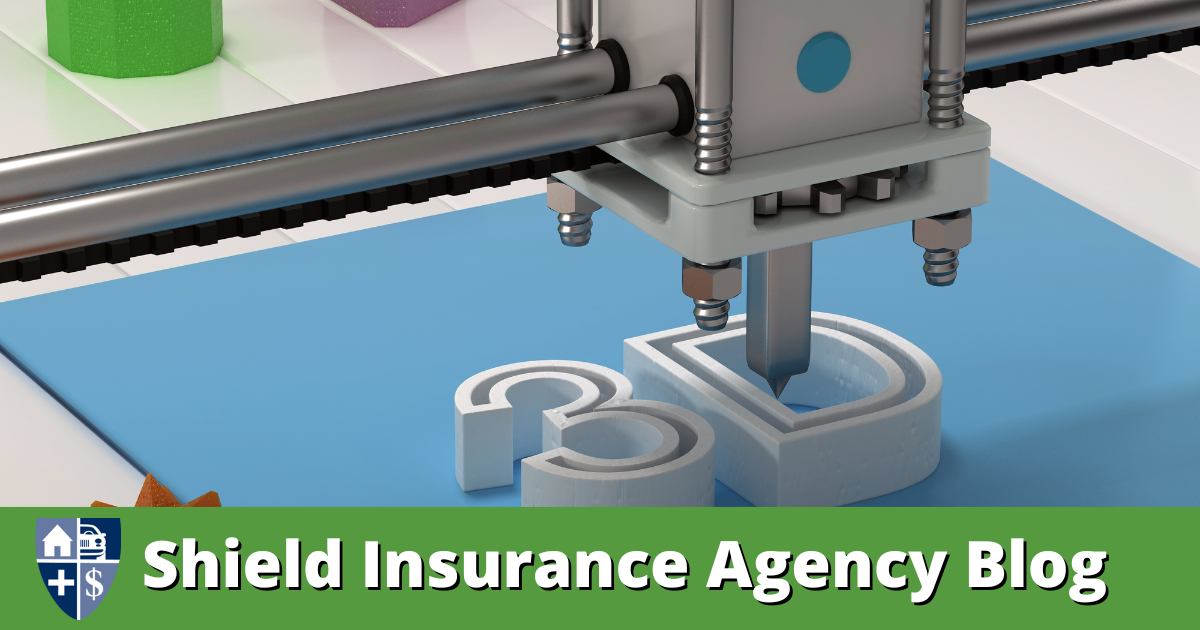
New ways to find holiday deals on Google
Google.com | Nov 01, 2022 | Shashi Thakur, VP/GM, Consumer Shopping | Holiday Deals | Home Insurance
Find the best holiday deals on Google with new features like promotion badges, coupon clipping, deals comparisons, and price insights.
The holiday season is upon us, and many are already getting into the (shopping) spirit. Holiday Deals are particularly top of mind this year: Among Americans planning to shop for the holidays, 43% are planning to look for deals and sales more than last year.1 So we’re sharing a few new features to help you easily find those discounts and get the perfect gift at the right price.
New labels for coupons and promotions
Coupon codes are a great way to save, but finding them — and making sure they work — can be challenging. To help shoppers save money and time, we’re bringing promotions front and center in product searches.
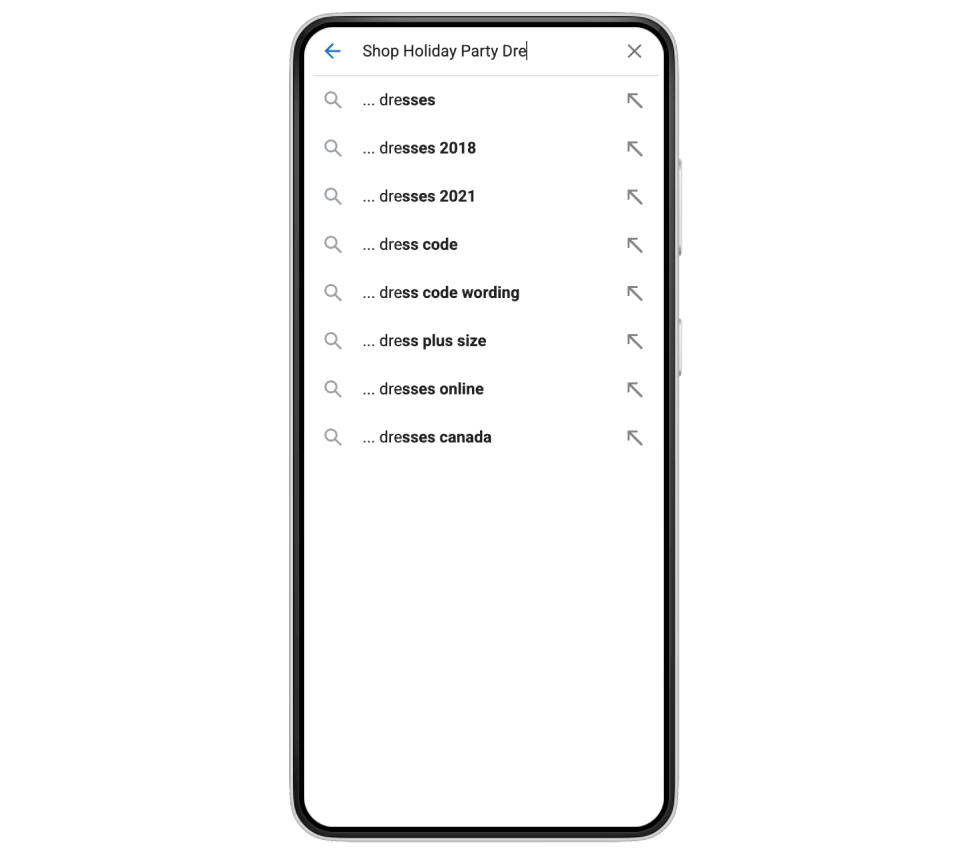
Our new promotion badge will show up in Search on items running a promotion (like “15% off with coupon code HOLIDAYS”). While in the past we’ve shown when items are on sale or the price has dropped, you can now see specific promotions and compare them to others right in Search.
We’re also adding a new coupon clipping feature, which allows you to easily copy promo codes when you’re ready to buy. These new features will roll out in the coming weeks.
Compare holiday deals side by side
For the past year, more than half of U.S. shoppers have visited multiple websites before settling on what and where to buy.2 We’re bringing you a new, easy way to cut down on all that research time and compare shopping deals across retailers.

If you search for a women’s puffer coat, for example, we’ll show you a side-by-side comparison of available puffer coat deals right in your results. This new view will roll out in the U.S. this month, just in time for the holidays.
Get price insights
While it’s easy to get enticed by holiday sales, it can be hard to tell whether something is a good value. So we’re bringing our price insights feature to Search to help shoppers understand the prices they see and make better buying decisions. Now, you’ll quickly see how one merchant’s price compares to others’ and whether it’s low, typical, or high for that product.
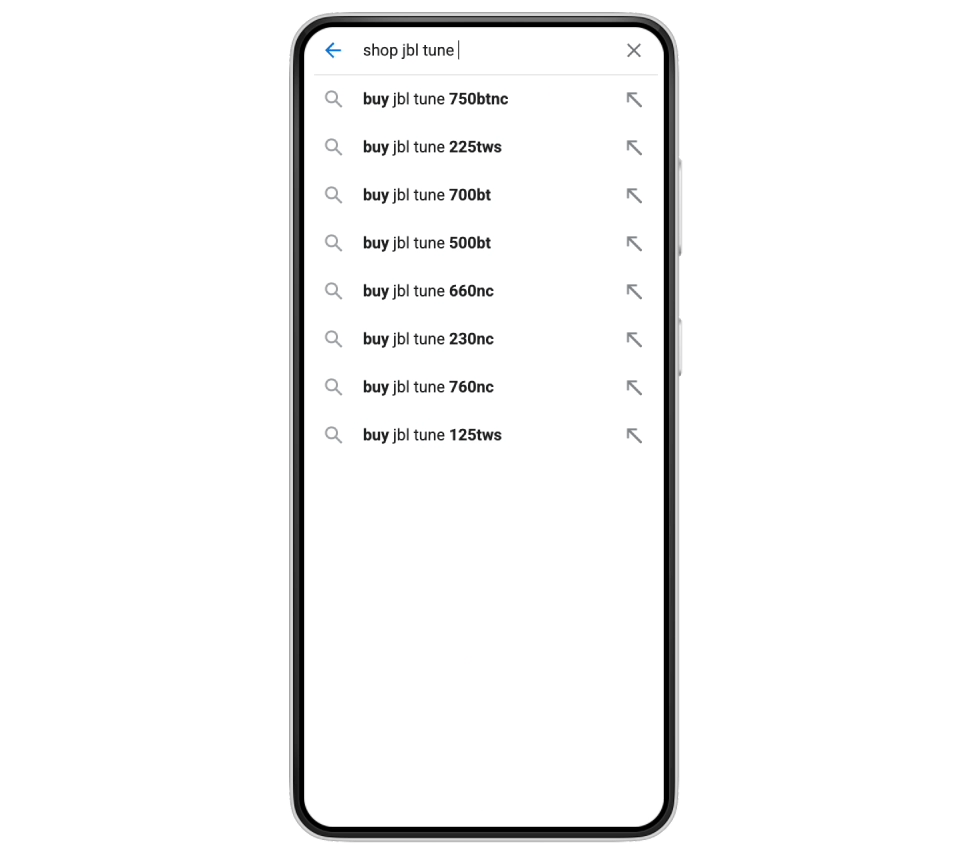
And merchants, don’t forget you can always see how your deals are performing and review your business’ promotions wherever you manage your product listings on Google.
These new features will make it easier to find great prices and check everything off your list this season.




